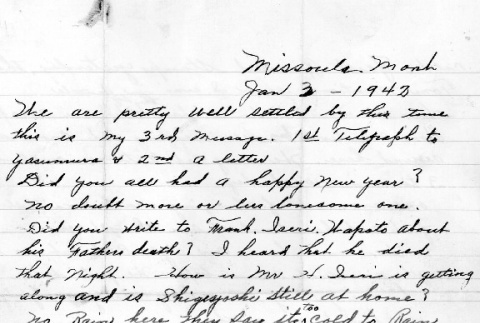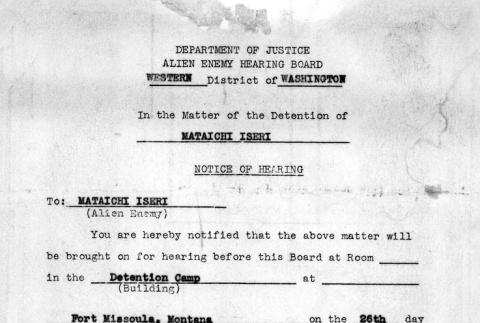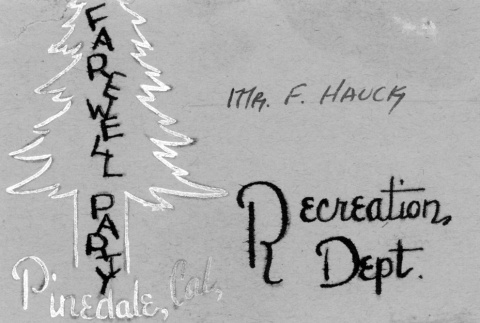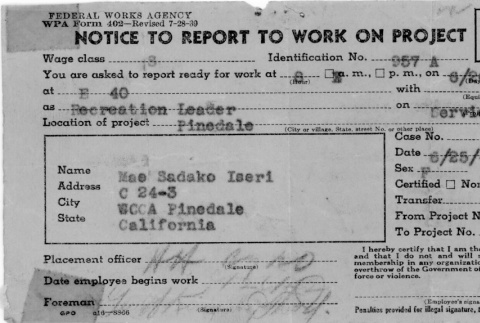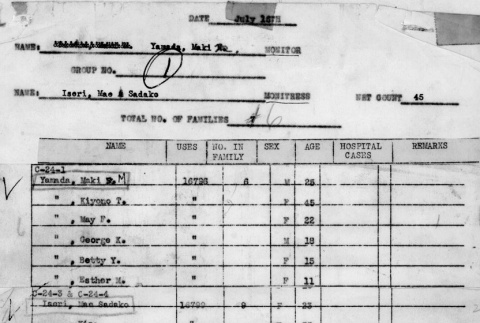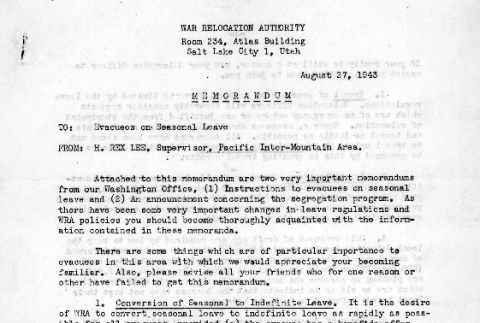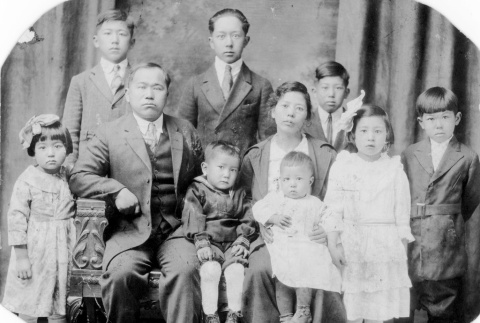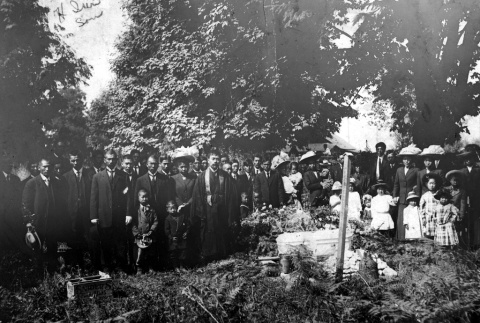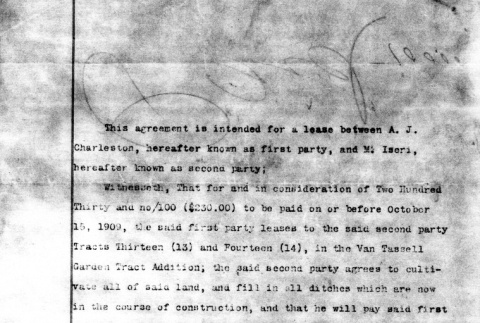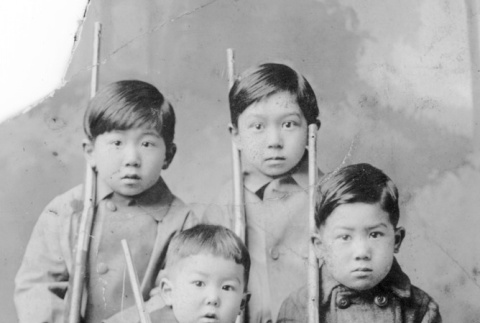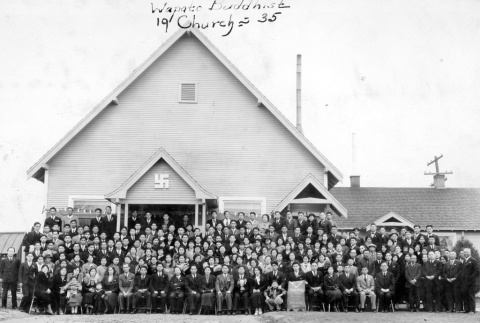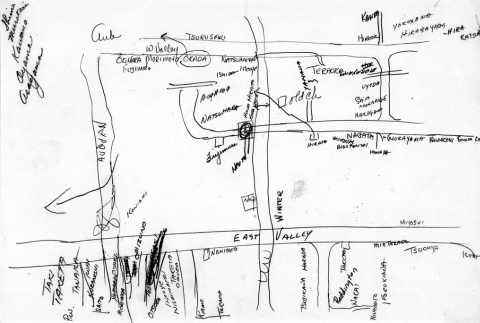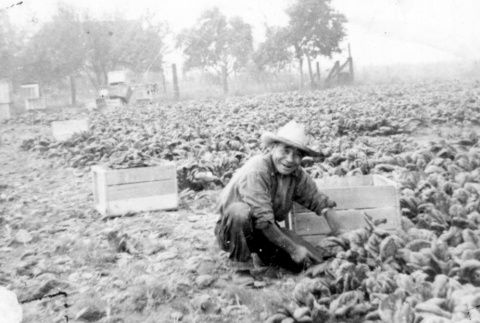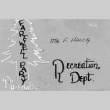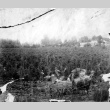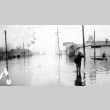Yamada Collection ddr-densho-25
99 items
99 items
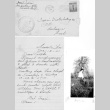
doc
Letter from Issei man to his family (ddr-densho-25-67)
After Japan bombed Pearl Harbor on December 7, 1941, the FBI under the Department of Justice began arresting aliens of Japanese, German, and Italian ancestry. These aliens, although they had not been charged with specific crimes, were considered "dangerous" by the U.S. government, and were interned in special Justice Department camps.
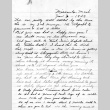
doc
Letter written by an Issei man to his family (ddr-densho-25-68)
Matahichi Iseri was arrested on December 7, 1941, and taken to Fort Missoula, Montana, where he was detained at a Department of Justice internment camp for "enemy aliens." While he was separated from his wife and children, he was able to send a limited number of letters to them.
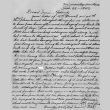
doc
Letter written by an Issei man (ddr-densho-25-70)
Matahichi Iseri had been imprisoned in Fort Missoula, Montana, a Department of Justice internment camp for "enemy aliens," since shortly after December 7, 1941. He sometimes wrote letters in his native Japanese, which were read and censored by interpreters and officials from the U.S. Immigration and Naturalization Service.
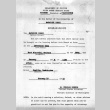
doc
Issei's hearing notice (ddr-densho-25-71)
Matahichi Iseri was arrested as an "enemy alien." Those arrested were required to appear before an alien enemy hearing board.

doc
Assembly center coupon book (ddr-densho-25-76)
Japanese Americans in the assembly centers could purchase coupon books for merchandise at Wartime Civil Control Admininistration stores. Each camp inmate was issued his or her own book, which contained stamps to be detached and exchanged for small items.
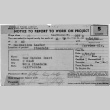
doc
Notice to report to work (ddr-densho-25-78)
Mae Iseri received permission to work as a recreation leader at Pinedale Assembly Center.
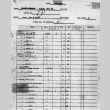
doc
Travel roster sheet (ddr-densho-25-83)
This roster sheet specified the people traveling in one train car to Tule Lake, California.

doc
Issei man's letter envelopes (ddr-densho-25-84)
These envelopes contained letters written by Matahichi Iseri to his family while he was imprisoned in Fort Missoula, Montana, a Department of Justice internment camp for "enemy aliens."
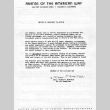
doc
Report from Friends of the American Way (ddr-densho-25-85)
Report from the Friends of the American Way, a Quaker group supportive of Japanese Americans. The group organized a letter-writing campaign advocating the release of persons held in camps simply because of their Japanese ancestry.
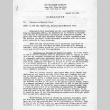
doc
Memorandum regarding changes in the seasonal work leave program (ddr-densho-25-86)
This memorandum to Japanese Americans on seasonal leave informed them of changes in the program. The Iseri family had been permitted to move to Weiser, Idaho, under the leave program and received this memorandum in August 1943.
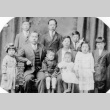
img
Family photograph (ddr-densho-25-89)
The Iseri family. Front (left to right): Mae, Matahichi, George, Kisa with Dan on lap, Alice, and Masato. Back row: Mitsuo (Mike) Tom and Mun.


doc
Agreement to lease land (ddr-densho-25-92)
This agreement to lease land was signed by A. J. Charleston and Matahichi Iseri. In the early 1900s, many states, led by California, enacted alien land laws. These laws aimed at Issei farmers prevented ownership of land by "aliens ineligible for citizenship." As a result, many Issei leased land from white farmers. In 1920, California enacted …

img
White River Fujinkai (ddr-densho-25-93)
Issei women often formed women's groups, or Fujinkai, which gave them opportunities to participate in community affairs.

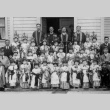

img
Wapato Buddhist Church (ddr-densho-25-98)
Northwest Young People's Buddhist Federation Conference. (Identification on the photograph.)
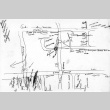
doc
Hand-drawn map of prewar Auburn, Washington (ddr-densho-25-99)
This map was drawn by Mae Iseri Yamada. It shows some of the Japanese-owned farms in the Auburn area before World War II.

img
Man cutting spinach (ddr-densho-25-100)
Nasoji Kume cutting spinach for the cannery. (Identification on the photograph.)
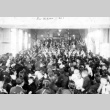
img
Community ceremony (ddr-densho-25-101)
This ceremony took place in the White River Buddhist Church in Auburn, Washington.

img
Children sitting behind a store (ddr-densho-25-102)
(Left to right): Unidentified, unidentified, unidentified, Mae Iseri, Henry Miyoshi, Alice Iseri, George Iseri, Fred Miyoshi, unidentified.

